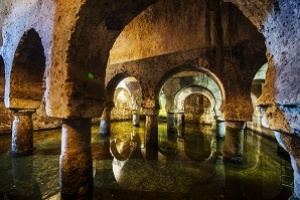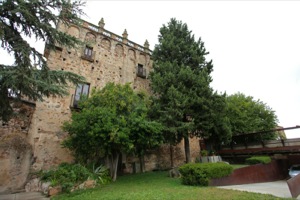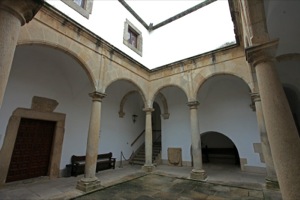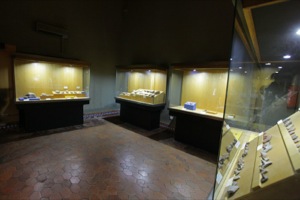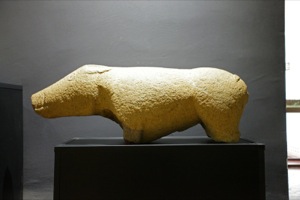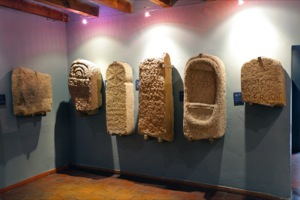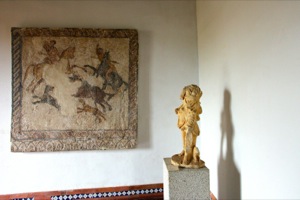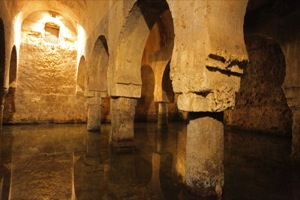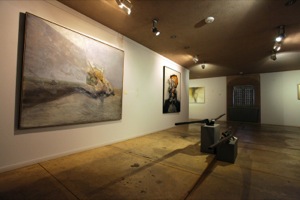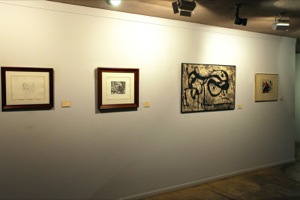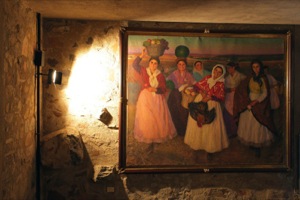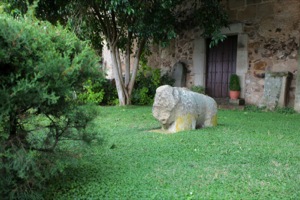Art and culture
Cáceres Museum
One of the attractions of this museum is that, not only can you journey through the archaeological past of this Extremadura city but you can also discover the work of contemporary artists, such as Picasso, Miró and Tàpies. Even discover an underground cistern.
- Explore
- Cáceres Museum
Location and Contact:
- Contact person: Juan M. Valadés Sierra
- Tel.:+34 927 01 08 77
- Reservations tel. number: +34 927 01 08 77
- Fax: +34 927 01 08 78
- Email: museocaceres@juntaex.es
- Website address: museodecaceres.juntaex.es/
- Facebook: https://www.facebook.com/museo.decaceres
- Opening times
1 October to 13 April:
Tuesday-Saturday:
9am-3pm and 4-7.30pm.
Sundays:
10am-3pm.
14 April to 30 September:
Tuesday-Saturday:
9am-3pm and 5-8.30pm.
Sundays:
10am-3pm.
Closed on Mondays
- Fee
Free admission for citizens of the European Union.
Everyone else: €1.20 (free for under-18s or students, over-65s or pensioners, ICOM and ICOMOS members and journalists while exercising their profession).
-
One of the attractions of this museum is that, not only can you journey through the archaeological past of this Extremadura city but you can also discover the work of contemporary artists, such as Picasso, Miró and Tàpies. Even discover an underground cistern.
This museum, opened to the public in 1992, could not be located in any place other than the Cáceres old quarter and in two of its most representative historic buildings, which have also been declared UNESCO World Heritage: Casa de las Veletas and Casa de los Caballos.
The first building stands out for its own history and beauty as it was the Almohad Alcázar fortress and then palace at the end of the 15th century. This unusual building is responsible for housing the sections on the archaeological and ethnographic past. The pieces of sculpture, paintings, etchings and religious gold and silverwork will allow you to journey through several historical periods. In addition, under the ground it hides one of the best Hispanic-Muslim cistern preserved in the Iberian Peninsula.
The second building is a solid 16th-century construction that was a stable turned into a house. Joined to Casa de las Veletas, its three floors have a Fine Arts section, where you can enjoy modern and medieval artworks, made up of sculptures, gold and silverware and paintings, amongst which the picture, El Salvador, by El Greco stands out.
Another of the rooms that you can't miss is the one situated on the first floor, which has paintings and sculptures of several contemporary Spanish artists and artists from Extremadura.
-
- Origin:
-
- 12th century
- 16th century
- 18th century
- Construction:
-
- Manor or noble house
- Art period:
-
- Islamic
- Renaissance
- Period in history:
-
- 12th century
- 16th century
- 18th century
Accessibility:
- Admits guide dogs
Services:
- Conference Room
- Guided Tours
Theme:
- Art and culture
Gallery:
More suggestions
-
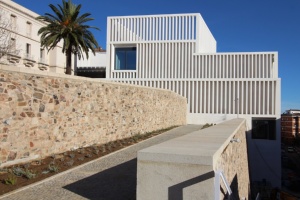
Museo Helga de Alvear
Inaugurado en febrero de 2021, el nuevo museo de Cáceres muestra 200 obras de las cerca de 3.000 que componen la colección de la galerista Helga de Alvear. Lo mejor del arte contemporáneo en un edificio de nueva planta.
-
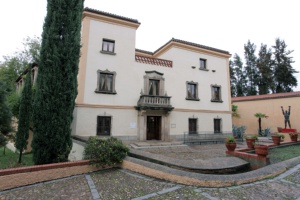
Casa Pedrilla and Guayasamín House-Museum
In one place, two cultures come together to promote their contemporary history
-

Cáceres Co-Cathedral Museum
The pieces at this museum are donations from other parishes in the city and from other churches in the province
-
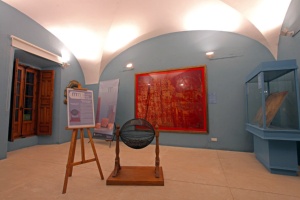
City of Cáceres Municipal Permanent Exhibition Hall
This museum was created for visitors to learn about Cáceres and its history
-

Casa- Museo Árabe Yusuf al Burch
-
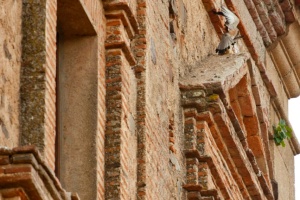
Colonias de Cernícalo Primilla de Cáceres Special Protection Area (SPA) for Birds
The area attracts kestrels throughout the year, especially in the breeding season.
-

Colonias de Cernícalo Primilla de Casa De La Enjarada Special Protection Area (SPA) for Birds
The area attracts kestrels throughout the year, especially in the breeding season.
-

Complejo Los Arenales SPA
The aquatic birds of the Complejo Los Arenales SPA are deemed to be of international importance. This attractive feature enables you to explore the three pools that comprise this wetland in more depth, and remember you can also practise water sports here.
-
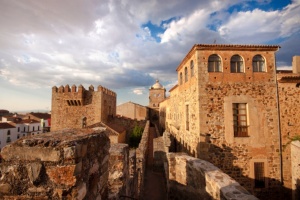
Cáceres — buzzing with life and history
The stone of its streets and façades reflect the march of history from Palaeolithic times. Presently, it is a hive of cultural activity.
-
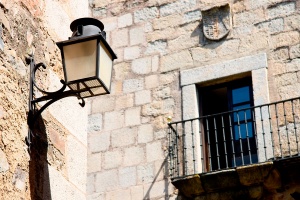
Sierra de Fuentes
The perfect place to try this delicacy from the dehesa pastures


